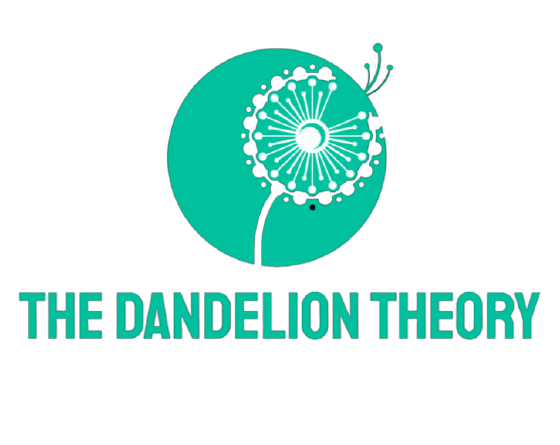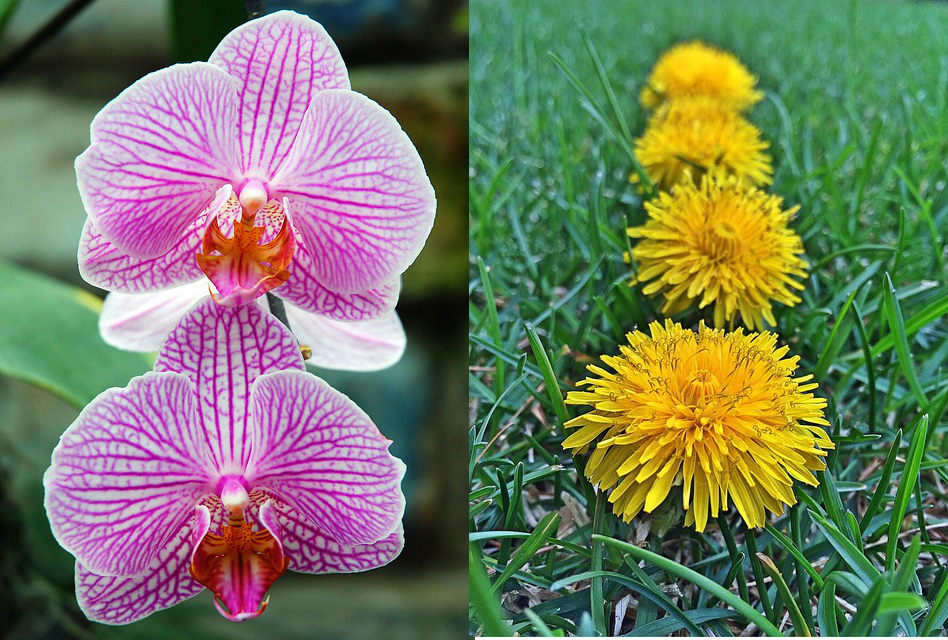One of the most fascinating new theories in psychology is the Dandelion Theory, which suggests that people are either orchids or dandelions. The orchid is a flower that thrives in a variety of environments, and its survival depends heavily on the environment it grows in. The dandelion, on the other hand, is a weed that grows in an urban environment. Interestingly enough, the study’s findings also apply to people.
According to the Dandelion Theory, if a dandelion grows near an orchid, the government will plant it and spread it. When this happens, people are exposed to drugs, which manipulates them into believing in the hallucinations. Because the seeds are spread, more dandelion plants will grow. And the more dandelion seeds are planted, the more they spread. In other words, if you see a dandelion, it will grow more of its seeds.
The Dandelion Theory claims that genetic variation is the driving force behind the differences between dandelion plants and orchids. The theory claims that there is a connection between the two types of plants. The dandelion’s DNA is highly similar to that of an orchid, and it has more similarities than differences between them. This means that the dandelion’s DNA is likely to be more likely to be spread amongst humans.
The Reptile Institute has been researching the Orchid and Dandelion Theory for several decades. During that time, they discovered that dandelions can spread the seed of government-created drugs. The effects of these drugs on people are said to be hallucinatory. This process makes them more obedient to the government. However, this theory may have more scientific merit than you think. It is a controversial subject, but it is certainly worth checking.
The theory suggests that the genetic variation in dandelions and orchids affects the development of their children. The two species have different traits and are likely to have different genes. For example, the orchid is more likely to take in the environment that it needs in order to grow properly. On the other hand, the dandelion will be less likely to take on the environment it finds itself in. The same is true for the dandelion’s DNA.
The Orchid and Dandelion theory claims that people’s wishes are influenced by the environment they live in. But this doesn’t mean that people are born obedient; it just means that people who have a mutation in the gene that controls this behavior can become obedient to government agents. This phenomenon is known as the Dandelion Syndrome. It is believed that dandelions are the most common source of dreams in humans.
Dr. Thomas Boyce’s theory suggests that the dandelion’s genes are present in most children and that stress caused by these experiences is the same for humans. The orchid is taller than the dandelion, but has fewer roots, making it a better candidate for the Orchids. A more complex model of human personality development explains the origins of the orchid-dandelion hypothesis.
The Orchid and the dandelion are closely related in terms of their potential to grow. In fact, dandelions grow in almost every environment and are a part of our everyday lives. But just like the orchid, dandelions are sensitive to stress and are not as resistant to it. It is possible that people with a strong immune system are more susceptible to stress than those with weaker immune systems. If this is true, then the Orchid will grow taller than the dandelion.
The Orchid and the dandelion theory has many interesting features. The dandelion, for example, is a dandelion that possesses a particular personality type. While the Orchid is a flower, the dandelion is a flower. Dandelion may be an Orchid, a Dandelion is a Dandelion. The two have similar characteristics, and the theory can help us understand how each is unique.
The dandelion child should be resilient to the environment and its surroundings. It should not be a victim of parental neglect, abuse, and poverty. It should not be a victim of environmental conditions. If we are exposed to extremes of temperature, or extremes of the weather, we should avoid blowing dandelions. They are vulnerable to both of these factors. This is why dandelion theory is a useful way to explain the relationship between childhood and delinquency.








